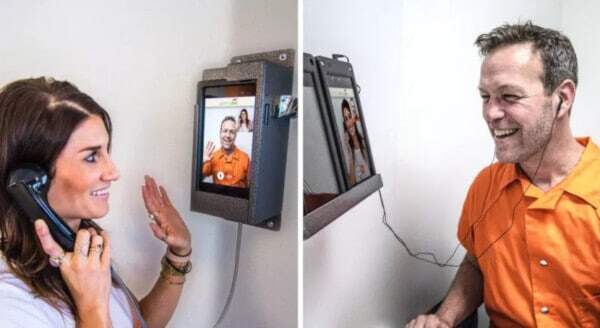There’s no one size fits all in communications. In video, that means that embeddable video experiences are necessary and they are here to stay – they aren’t a passing trend.
 Source: Vidyo
Source: Vidyo
Years ago, before WebRTC came into our lives, I worked at a video conferencing company. My role there at the time was CTO of the business unit dealing with licensing VoIP technology to others. The leading product at the time, was a video conferencing client that can fit into device and able to interoperate in SIP and H.323. As a CTO, I was given the initiative of getting us into the cloud, which ended up involving something that was meant to become a CPaaS (just not using that term as it didn’t exist). It never came to fruition since I left the company a bit after WebRTC was announced and I knew where the future is headed.
Anyway, one day I was asked to take a business trip to the US, to meet with customers and potential customers. One of these customers was a vendor involved in the prison industry (not sure what’s the whitewashed term for that is, so just using prison industry).
Video Conferencing in Prisons
To clarify: I am not taking a stand here around prisons, prisoners or video conferencing in prisons. Just sharing this as a requirement that I’ve seen in the past.
What they were doing was building “phone booths” for prisoners so they could call home and talk to friends and family. They were in the process of shifting towards video calling, and were using at the time one of the known brands – I don’t remember which. Think of Polycom or Cisco video conferencing systems for reference.
 Source (somehow, the happy faces seem exaggerated for the use case)
Source (somehow, the happy faces seem exaggerated for the use case)
The challenge was in the fact that these vendors and their solutions were geared towards video conferencing in the enterprise – what we now wrap under the term of unified communications. This meant that a lot of the features and requirements that a vendor developing a communications service for prisoners were hard or impossible to meet:
- Full moderation of the call by a third party at all times
- Ability to join the session as a silent or known participant (that’s the moderator)
- Ability to manage and control session length
- Knowing the identity of both people in the call, but having the system flexible enough to accomodate for new users and guests in the system
- Wrap the whole experience with other features (browsing) that prisoners might want to use
They ended up licensing our technology to build it all, at prices that today would seem ridiculously high, though made sense at these days, when real time communications technology wasn’t a commodity and wasn’t open sourced.
If we’re at the domain of anecdotes, funnily enough, we’ve been using GIPS for the audio codecs at that time on PCs. The same company that Google acquired and built WebRTC out of.
Back to Embeddable Video Experiences
Prisons and prisoners aren’t the real story here.
Embeddable video is.
Communications between humans is something that can’t really be placed into a set of known rules.
Yes. We’ve had the telephone companies around for 120 years or so, explaining and educating us on how to communicate with each other remotely.
Unified communications has a gazillion of features dealing with telephony, trying to accommodate each and every eventuality that a customer may want and need. Which is nice, but from a certain point, it is really hard to scale across customers with different needs.
Video conferencing has been the hardest of all. Video is hard, so everything about it is hard as well.
This all meant that communications was always a service. Something you get “out of the box” as is. Or something you can customize if you are big enough, with enough money to pay.
WebRTC, cloud, virtualization, SaaS and a few other terms came into our lives. What they essentially did was reduce the barrier of entry for those who need video communications. This meant that scenarios that weren’t catered for with enterprise video conferencing were now possible to achieve at lower price points.
The end result?
We are now seeing video communications being embedded in places where it never really existed.
Are these new?
They are and they aren’t.
They aren’t because the need was always there.
They are because only now they can be satisfied commercially.
The only question that remains is where do you see embeddable video contributing to your business and how do you go about implementing it. In the last few months, I’ve been working with Vidyo on a research around this topic exactly.
